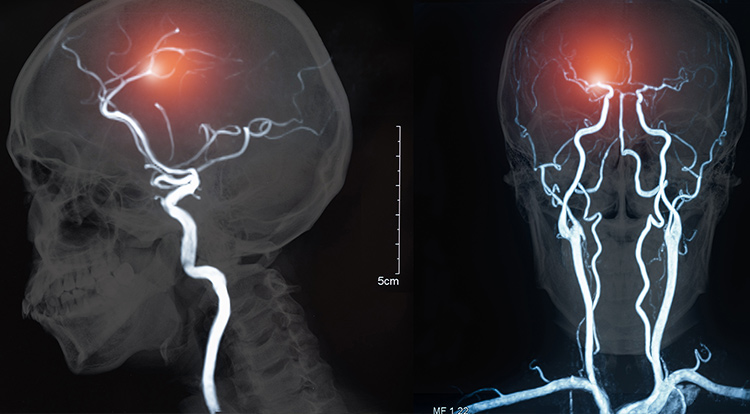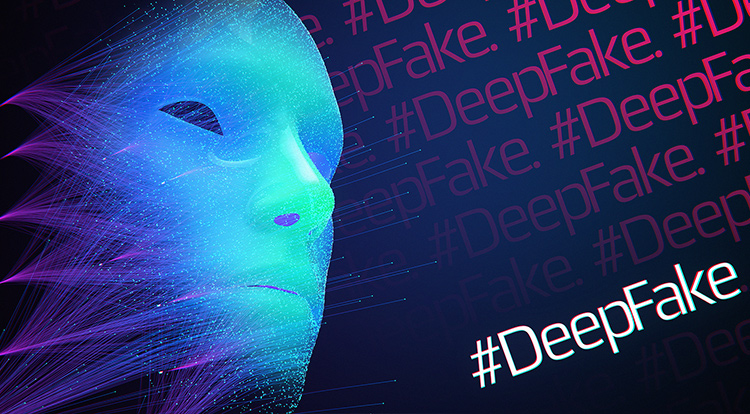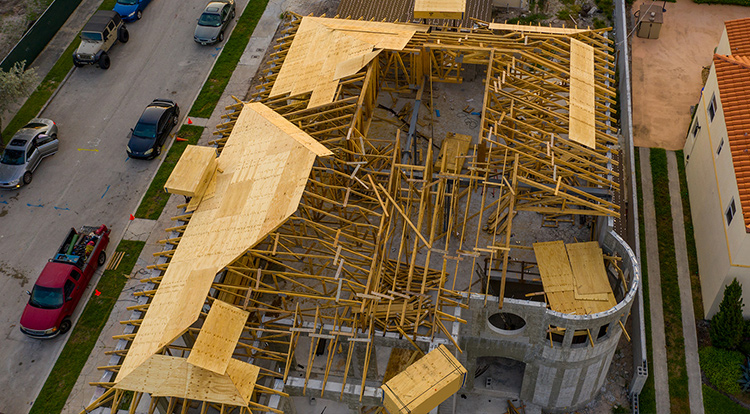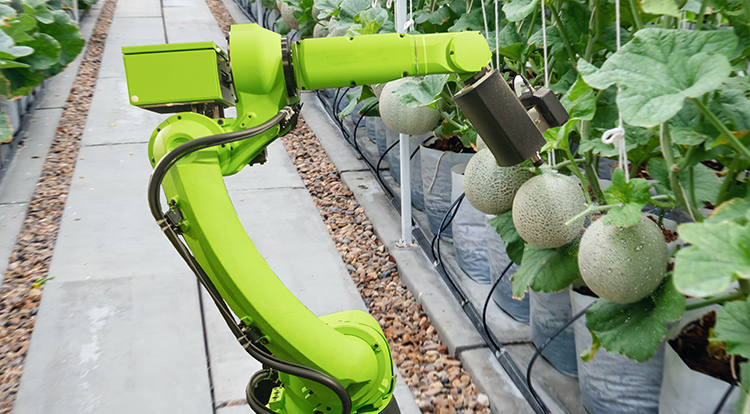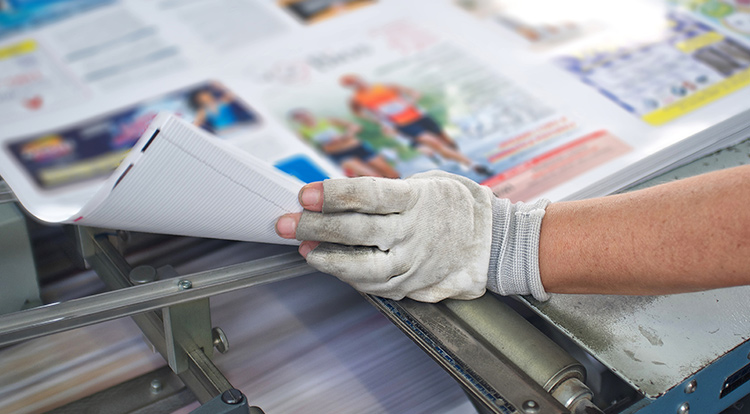Print Inspection
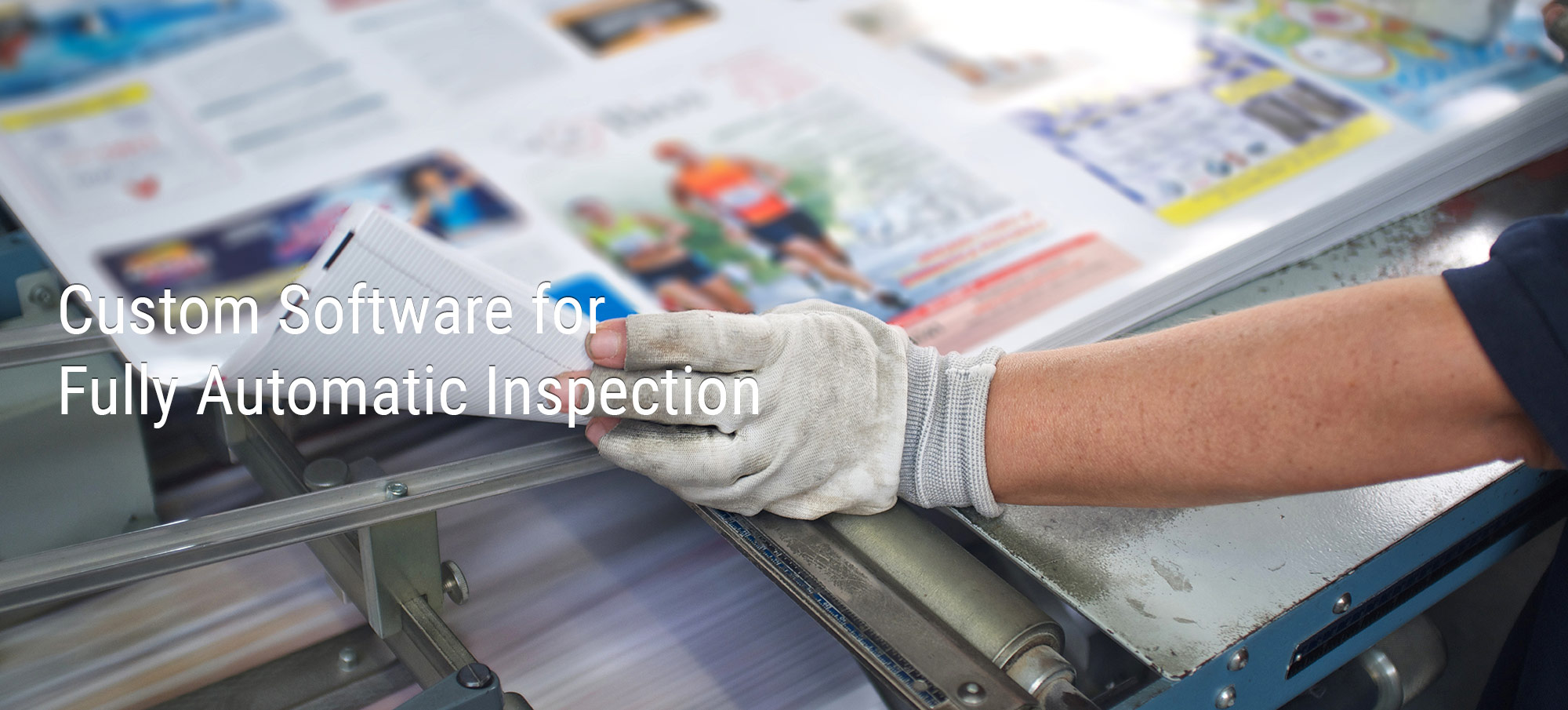
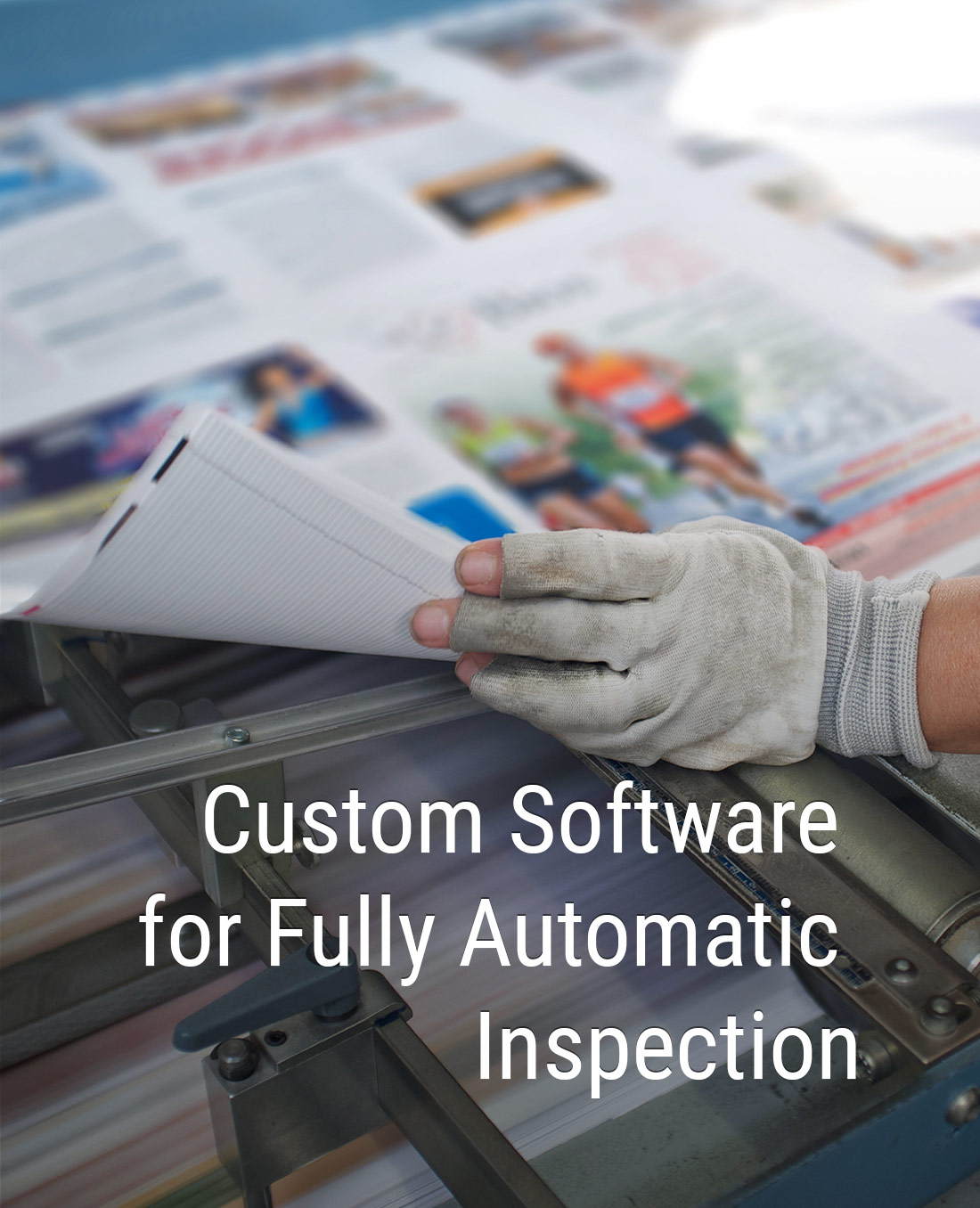
As the requirements for printing quality and consistency are constantly increasing, inspection systems are no longer considered a luxury but a necessity for staying competitive as a business.
More companies realize the need to implement defect detection systems to be able to accomplish complex printing tasks quickly and accurately.
Printing production services are not limited to printing itself – they also deal with systems, such as serialization, individual labeling for identification, and tracking. It calls for a comprehensive solution capable of working with all kinds of printing elements (labels, boxes, flyers, etc.) and suitable for implementation in multiple industries (medical, pharmaceutical, chemical, food, consumer goods). Our automated detection technology can fulfill these needs.
Key Roadblocks for High Printing Quality
The printing process and finished products are always subject to certain limitations. In this context, customers are looking for an appropriate balance of reasonable costs and printing requirements (quality, time limits, among other factors). However, these tasks engage many people and even organizations, and constant interactions between multiple participants inevitably affect the results. This combination of circumstances leads to occasional printing errors.
Also, the challenge is keeping the quality as high as possible while contributing to the financial goals of the business. Companies strive towards speeding up capital turnover, reduced production costs, and increased productivity. From a business standpoint, quick and efficient operations result in higher capitalization.
However, goals for financial gain must not be placed above the quality of the product, and all deviations should be promptly identified. To address both concerns, businesses can utilize cutting-edge technologies and meet high standards of printing quality without it negatively affecting their expense management.

